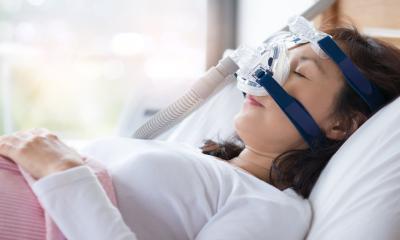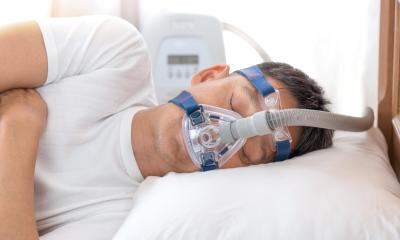AEIOU
A Web guide for mechanical ventilation in anaesthesia, intensive care and emergency medicine.

Care Network, an online educational website (www.aeiou.cn), is providing a reference guide to help users refresh and extend their knowledge of the basics of mechanical ventilation in intensive care medicine, anaesthesia and emergency medicine. Languages: English and German.
University Professor Christoph Hörmann MD, Head of the sub-department Transplant Anaesthesia of the Dept. of Anaesthesia and Intensive Care Medicine, University Hospital Innsbruck, and University Professor Wolfgang Mazal, international legal expert, Faculty of Law, University of Vienna, are responsible for the contents of the portal. They explain: ‘As a medium for this educational project we chose an online website, because of its advantages concerning the latest developments and flexibility compared with conventional data systems e.g. books, CDs, transparencies. The concept of AEIOU.CN is to expand and improve with the constantly growing knowledge throughout the next years. Therefore the website always represents a current source of information and up-to-date education.’
The rapid development and improvement of technical equipment has turned respirators and anaesthesia machines into computers, they point out. ‘As a consequence these devices consist mostly of software components and only partly of hardware components, which are regulated by different computing programmes. Therefore it is relatively simple to create further modes of ventilation by developing new software packages without major changes of hardware components of the respirator.’
However, this means that keeping up with the speed of development is a problem due to information communication. Most hospital staff can research literature via the internet, but this is time consuming, and can provide insufficient information. ‘You also need to take into consideration that a lot of the tiny problems of daily clinical practice cannot be solved with evidence based medicine,’ the professors point out, adding that although educational books, CDs, etc. try to cover the rapid technological development, it takes too long to bring them to publication, so relevance can be lost. This has been the case in artificial ventilation, including all its sectors, such as intensive care medicine, anaesthesia, emergency medicine. The website aims to address these problems.
Edited versions of recent publications and opinions of internationally recognised experts on the complex of problems of ventilation are presented, along with latest developments in the field. There is also a forum for discussions, and experts can respond to questions concerning particular problems of ventilated patients. General laws covering different therapeutic strategies that must be applied for unconscious patients, without informed consent, are also covered.
01.05.2006





